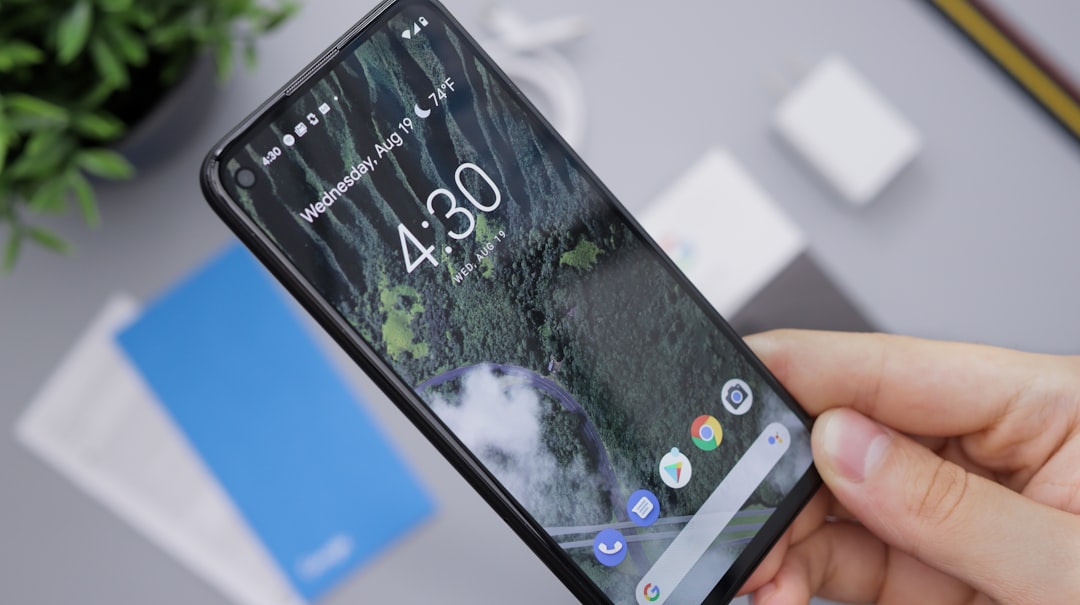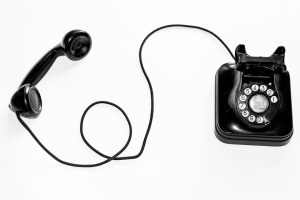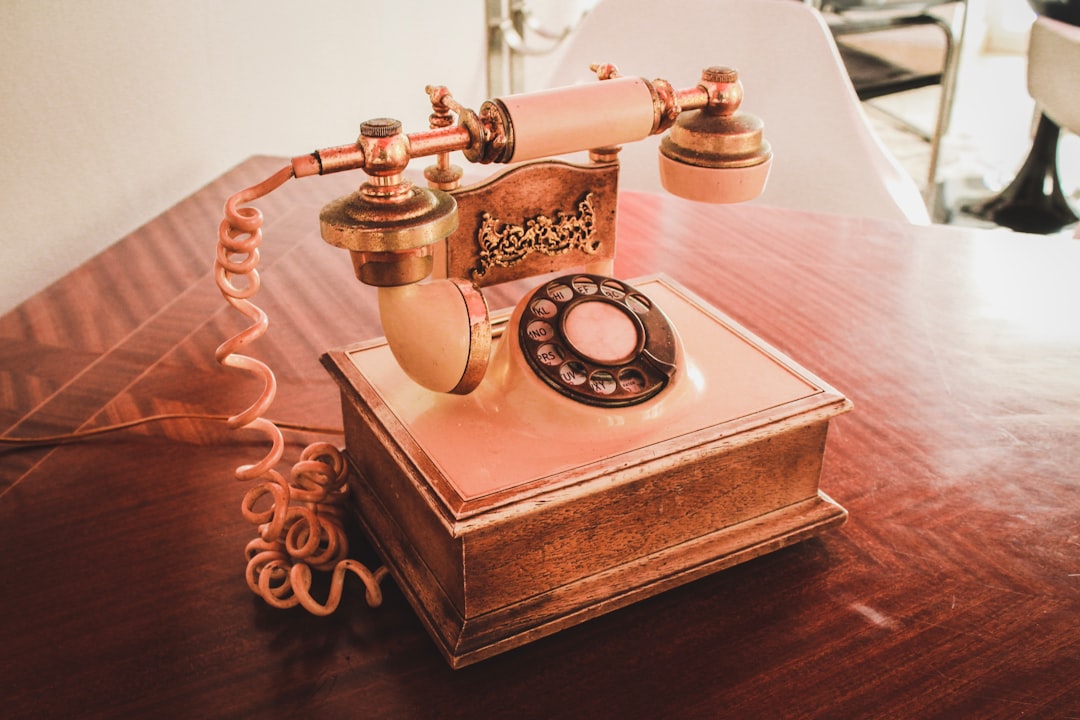Minnesota's robust Do Not Call List, managed by the Commerce Department and updated regularly, protects residents from intrusive telemarketing calls by enabling them to opt-out of sales pitches. With strict state laws and easy enrollment through bodies like the MPUC, citizens can control their communication preferences. Lawyers for Do Not Call Minnesota ensure businesses stay compliant, avoiding fines while respecting privacy rights. As participation surges, particularly among tech-savvy youth, these measures empower consumers, with a notable decrease in reported nuisance calls. However, ongoing education and collaboration are needed to address challenges like loophole exploitation and consumer misinformation.
Minnesota’s Do Not Call List is a powerful tool designed to protect residents from unwanted telemarketing calls. This article explores the legal framework surrounding the list, offering insights into who can be included and how it operates. We delve into recent trends, analyzing enrollment changes and the list’s overall impact on consumers. Additionally, we provide a lawyer’s perspective on navigating Minnesota’s Do Not Call regulations, highlighting successes, challenges, and consumer protection strategies. Discover why seeking legal counsel from a specialist in Minnesota’s Do Not Call laws is essential for businesses aiming to comply and thrive.
Understanding Minnesota's Do Not Call List: A Legal Perspective

Minnesota’s Do Not Call List is a comprehensive registry designed to protect residents from unwanted telemarketing calls and sales pitches. From a legal standpoint, this list is enforced by state laws that restrict businesses from making phone calls to individuals listed on the registry. A lawyer for Do not call Minnesota can provide crucial insights into these regulations, helping businesses stay compliant and avoid potential fines or legal repercussions.
The list is regularly updated and maintained by the Minnesota Commerce Department, ensuring that residents have control over their privacy. Any individual or business found violating these rules may face penalties, underscoring the importance of understanding and adhering to state laws regarding telemarketing practices.
How the List Works and Who Can Be Included

Minnesota’s Do Not Call List is a powerful tool designed to protect residents from unwanted telemarketing calls and sales pitches. It functions as a registry where individuals can opt-out of receiving phone calls from specific businesses or organizations. Once registered, a resident’s telephone number becomes part of this list, signaling to call centers and sales companies that they should refrain from dialing that particular number.
Any Minnesota resident, including homeowners and renters, is eligible to enroll their landline, mobile, or VoIP telephone number in the Do Not Call List. To be included, individuals simply need to fill out a form provided by the Minnesota Public Utilities Commission (MPUC) or submit their request online. This process ensures that their privacy is respected, and they won’t be bothered by unsolicited calls, giving them control over their communication preferences.
Recent Trends and Changes in Enrollment

In recent years, Minnesota’s Do Not Call List has seen a steady rise in enrollment, reflecting a growing awareness among residents about managing unwanted phone calls. This trend is particularly notable among younger demographics who are more tech-savvy and attuned to privacy concerns. Many individuals are now opting into the list to block telemarketing calls, robocalls, and sales pitches, underscoring a shift in consumer behavior.
Changes in legislation have also played a significant role in driving these trends. Minnesota’s strict do-not-call laws and the availability of online enrollment platforms have made it easier for citizens to protect their personal time and privacy. As a result, a lawyer for Do Not Call Minnesota may observe an increase in clients seeking assistance with list enrollment or resolving disputes related to unwanted calls. This shift indicates a broader movement towards consumer empowerment and a desire to navigate phone call preferences more effectively.
The Impact: Successes, Challenges, and Consumer Insights

Minnesota’s Do Not Call List has been a game-changer in regulating telemarketing practices, offering residents a much-needed respite from unwanted calls. Since its implementation, numerous successes have been achieved, with a significant decrease in nuisance calls reported annually. This success is attributed to strict enforcement and the list’s accessibility, allowing consumers to register their numbers easily through dedicated websites or by filing complaints with the Minnesota Attorney General’s Office.
However, challenges remain. Despite the list’s effectiveness, some telemarketers still find loopholes, leading to a constant cat-and-mouse game. Consumer insights suggest that while many appreciate the peace and quiet, others are unaware of their rights or face difficulties in registering due to outdated contact information. Addressing these issues requires continuous education and collaboration between regulatory bodies, telecommunications companies, and legal professionals specializing in Do Not Call laws, such as a lawyer for Do not call Minnesota, to ensure consumers’ privacy and rights are fully protected.






